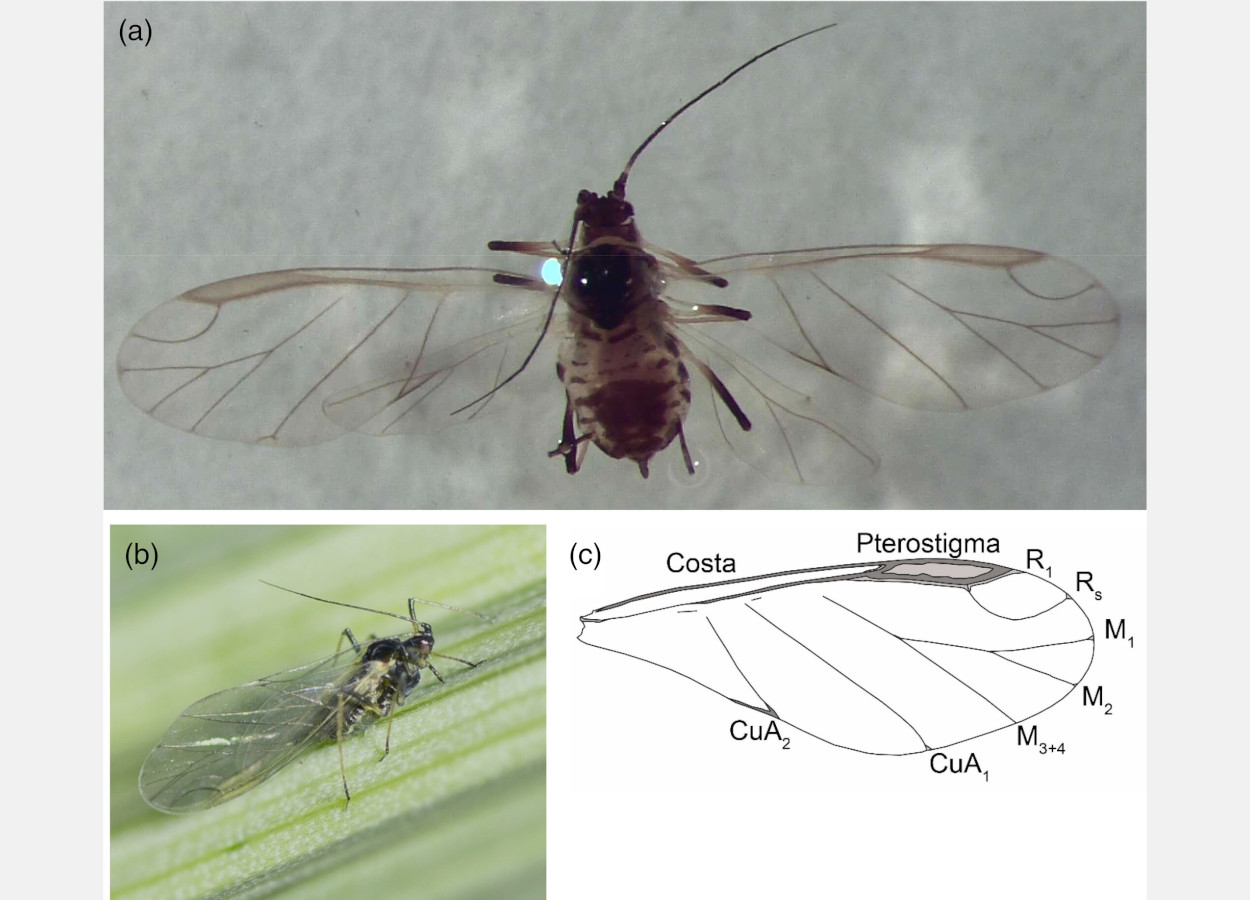Soybean harvest approaches 50% of the cultivated area in RS
There remain considerable areas of soybean crops to be harvested, especially in the southern half of the state, where the oilseed cycle has ended

A team of researchers led by a scientist from Keele University in Staffordshire dedicated themselves to studying the previously unknown flight mechanisms of one of the most common agricultural pests: aphids. The main objective is to deepen knowledge about the movements of these insects to improve food security and prevent the spread of diseases.
Using state-of-the-art camera technology, the team, which includes researchers from Rothamsted Research, captured ultra-slow-motion videos of the aphids in flight. These recordings made it possible to study in detail the biomechanics and physical mechanisms that these insects use to fly, aspects that were little known, despite their crucial importance for understanding their migratory behavior.
The flight patterns and behavior of aphids, revealed through the footage, will be fundamental to understanding how these insects are affected by diseases and viruses that cause significant crop losses. Interestingly, aphids often do not directly affect plants through their feeding behavior, but rather indirectly, through viruses transmitted during feeding. These can stunt growth, turn leaves yellow and, consequently, reduce crop productivity.
Additionally, some species of aphids excrete honeydew, a sticky, sugary substance that attracts other insects and promotes the growth of mold, something noticeable when, for example, our parked cars are covered in this "sticky rain" that falls from the treetops. .
Although there are already methods to control populations of these insects, they generally involve exterminating them, depriving birds and other species of an important food resource.
Therefore, researchers are studying new methods of managing these pests that do not involve lethal force, such as the use of pesticides. By studying the movements and mechanisms that help these insects fly, scientists believe they can use the footage to better identify which insects are carrying diseases or viruses, and thus implement more effective control strategies.
Professor James Bell, from Keele's School of Life Sciences, who led the research, points out: "Aphids are as beautiful and graceful in flight as their distant and colorful cousins, butterflies. But if we are to make progress in improving safety food, important challenges must be overcome to protect our crops. In particular, to inform the risk of virus transmission, we need to build on this research to understand the energetic cost of flight for aphids over short and long distances.”
The summary of the article published by the researchers can be read below:
"An introduction to high-speed photography and its entomological impact is provided, emphasizing the importance of high frame rates and high resolution.
Takeoff and free flight Drepanosiphum platanoidis e Myzus persicae were studied in still air using high-speed HD photography.
The wingtip and body posture were tracked to show how they are displaced during each wingbeat cycle. The important structural elements of the wing are described.
The wing beat is driven by a reinforced leading edge, the pterostigma and costa. The remainder of the coupled fore and hind wings act as a single airfoil that deforms during flight, due to sparse venation and lack of cross veins.
During flight, aphids use an “almost clap and throw” mechanism with a body tilt close to 90°. The rapid acceleration around the thoracic lateral axis in wing reversal generates sufficient lift for takeoff, usually in the first or second wing beat.
Exclusive images show that aphids demonstrate a high degree of flight control and maneuverability in the laboratory, occasionally using forward and inverted flight, two flight modes that are otherwise little known.
Although research is needed on the impact of turbulent convection, we postulate that the strength of atmospheric forces presents a formidable challenge to migrating aphids. Above the flight boundary layer, migrating aphids may not easily oppose the upward movement of air, although if used, “freeze flight” may cause them to descend on average.
We evaluated five devices for insect flight research."
Complete material can be seen at doi.org/10.1111/afe.12623

Receive the latest agriculture news by email